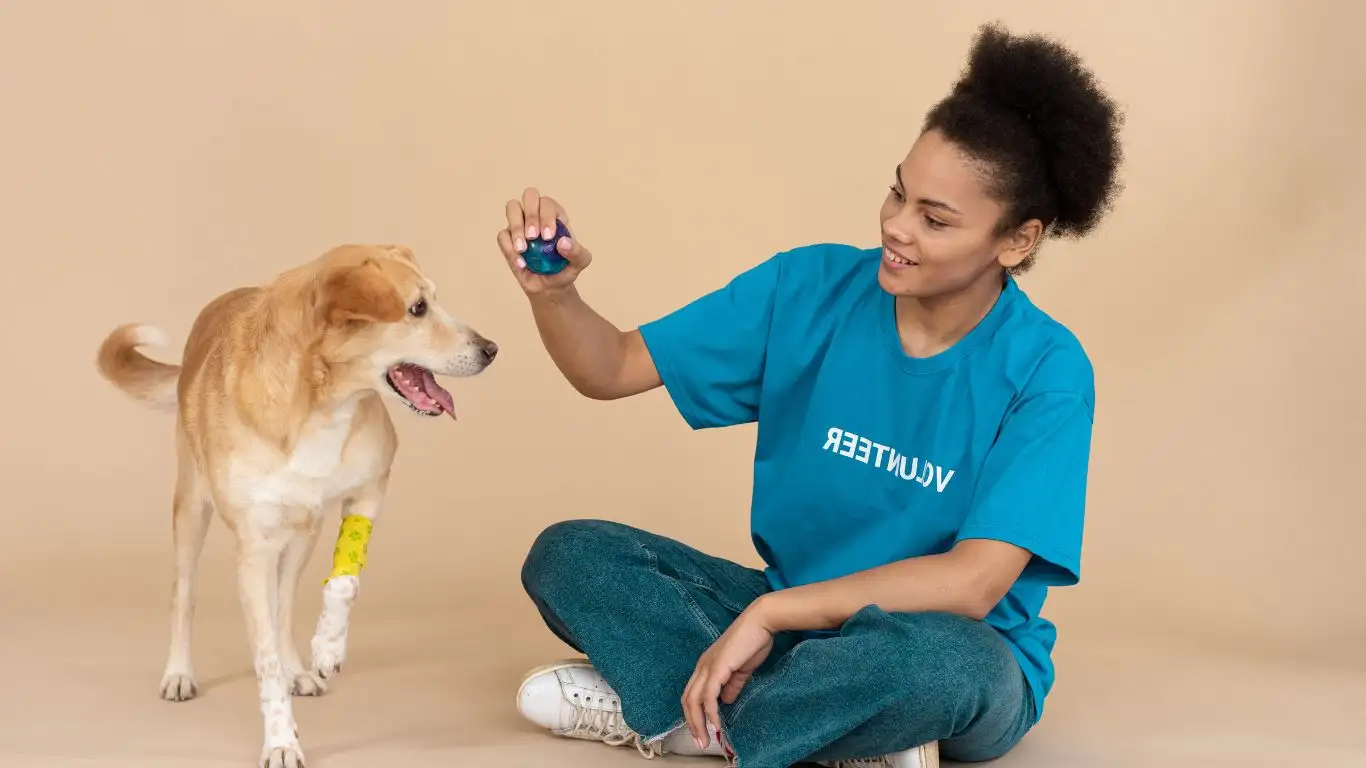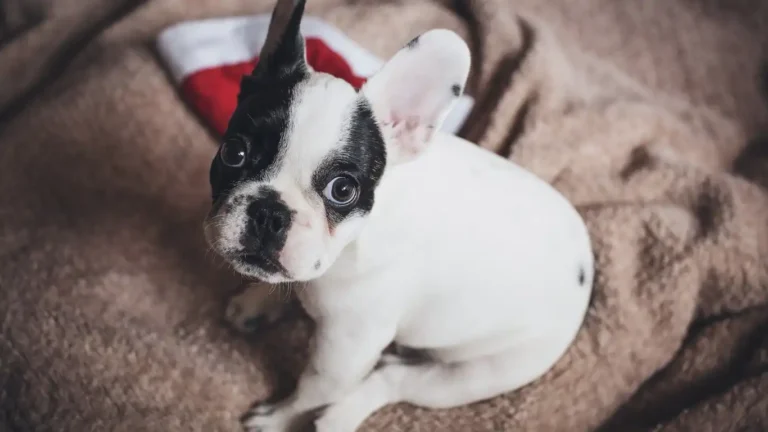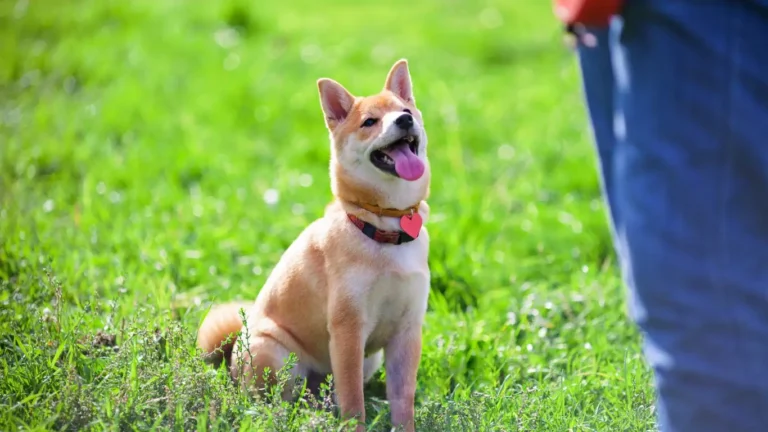Master How to Train a Dog to Stay Still for Ear Cleaning Easily
When it comes to grooming routines, *how to train a dog to stay still for ear cleaning* is one of the top questions I get from clients—and for good reason. Dogs and ear cleaning? Yeah, not the easiest mix. I’ve been a Canine-Assisted Therapy Trainer for over a decade, and I’ve worked with pups of every temperament, from the wild wigglers to the surprisingly chill seniors. One thing I’ve learned? Getting your dog comfortable with ear care doesn’t have to be stressful for either of you. It’s all about trust, timing, and technique. So, if you’ve ever found yourself chasing your dog around the house with a bottle of ear cleaner, you’re not alone. Let’s dive into what really works.
Why Dogs Resist Ear Cleaning (And Why It’s Totally Normal)
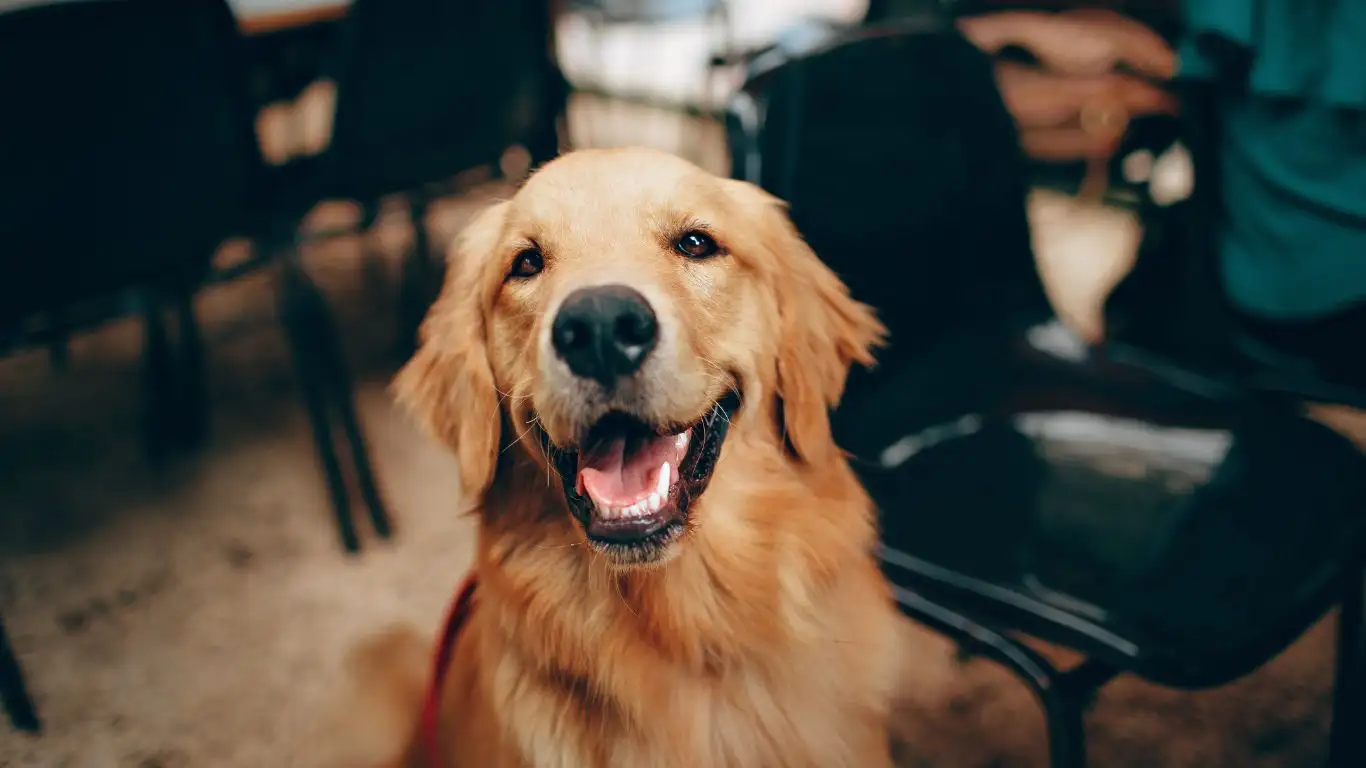
Before we get into the “how,” let’s talk about the “why.” Most dogs don’t resist ear cleaning because they’re being difficult. More often, it’s because:
- They’re not used to anyone messing with their ears.
- The sensation is weird or ticklish.
- They’ve had a bad experience (maybe a painful ear infection or a rushed cleaning).
- They sense our anxiety—and mirror it.
In my therapy dog sessions, especially with rescue pups, I’ve seen how negative associations can trigger real fear responses. But the good news is: *you can absolutely retrain that response*. It just takes some patience, a bit of creativity, and consistency.
Building a Positive Association with Touch
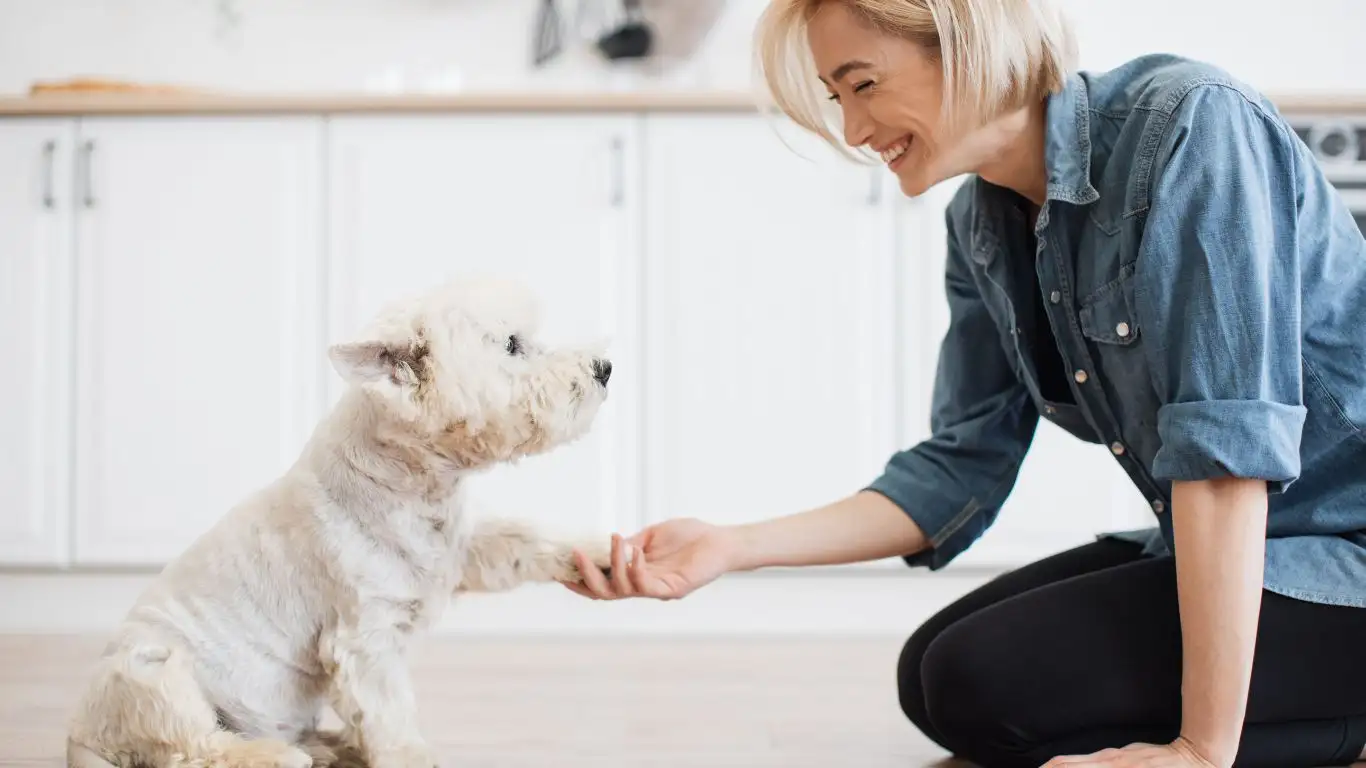
Start with Trust: The Foundation of Stillness
In therapy work, we’re constantly reinforcing calm behaviors through positive reinforcement. That means if I want a dog to hold still during a grooming task, I first make sure they’re totally relaxed in my presence. And guess what? The same applies at home.
Try this simple exercise: Next time you’re hanging out with your dog, start gently touching around their head and ears while they’re relaxed. No tools, no pressure—just calm hands. Watch their body language. Are they flinching? Pulling away? Or maybe leaning into your hand? Every dog is different, so it’s important to meet them where they are.
Incorporate Touch into Daily Life
I often advise pet parents to sneak in ear touches during cuddle sessions. You’re on the couch, your pup’s in snuggle mode—that’s prime time to start desensitizing them to ear contact. Don’t overdo it. Just a few seconds at a time is enough in the beginning. Keep it light, keep it positive, and follow up with a treat or a belly rub (whichever they like best).
Setting Up the Environment for Success

Pick the Right Time of Day
You know your dog best. Some are more relaxed in the evening, others after a long walk or play session. That’s when you want to practice. Don’t try to do ear cleaning when your pup’s amped up or just had a stressful moment—it’s setting you both up for frustration.
Create a Safe Space
Whether it’s a favorite mat, dog bed, or a corner of the couch, having a designated “grooming zone” can help your dog anticipate what’s coming. I like to use a small mat that I only bring out during grooming. It becomes a signal that it’s time to chill and cooperate. Dogs thrive on patterns, so building these associations can really reduce their anxiety.
Use Tools They’re Comfortable With
I’ve met dogs who were fine with a cotton ball but terrified of a squirt bottle. Others hate the smell of certain cleaners. It’s worth testing different products to find what your dog tolerates best. Look for vet-approved, scent-free ear cleaners if your dog is particularly sensitive. And always warm the bottle slightly in your hands before applying—it’s a small step, but it makes a big difference in comfort.
Training Steps: Teaching Stillness for Ear Cleaning
Step 1: Introduce the Ear Cleaner Without Using It
This one’s huge. Before you even use the cleaner, let your dog sniff the bottle, see it, and associate it with positive stuff. I usually hold the bottle in one hand and offer a treat with the other. No pressure, no rush—just letting them know, “Hey, this thing isn’t scary.”
Step 2: Pair Ear Touch with Reward
Gently lift the ear flap, hold for a second or two, then release and treat. You’re not cleaning anything yet. Just building the idea that *stillness equals rewards*. Repeat this daily, slowly increasing the duration. If your pup tries to pull away, let them. Don’t restrain them harshly—that breaks trust. Just go slower next time.
Step 3: Add the Cleaner Gradually
- Once your dog is calm with ear touches, try applying one drop of cleaner on a cotton ball (not directly into the ear).
- Gently wipe the outer ear, then praise and treat.
- Work your way up to a full clean over several sessions.
Remember, you don’t have to do a full ear cleaning in one go. Break it into baby steps. Celebrate small wins.
Patience Pays Off (From a Trainer Who’s Been There)
I’ll never forget this sweet little boxer mix I worked with named Luna. Her previous owners had never handled her ears, and she was downright terrified of any touch near her head. We spent weeks just hanging out, working on touch desensitization with zero pressure. Fast forward two months, and she was calmly laying her head in my lap while I cleaned her ears without a single flinch. That kind of trust? It’s built—not bought. And you can absolutely do the same with your dog.
Using Training Cues to Reinforce Calm Behavior
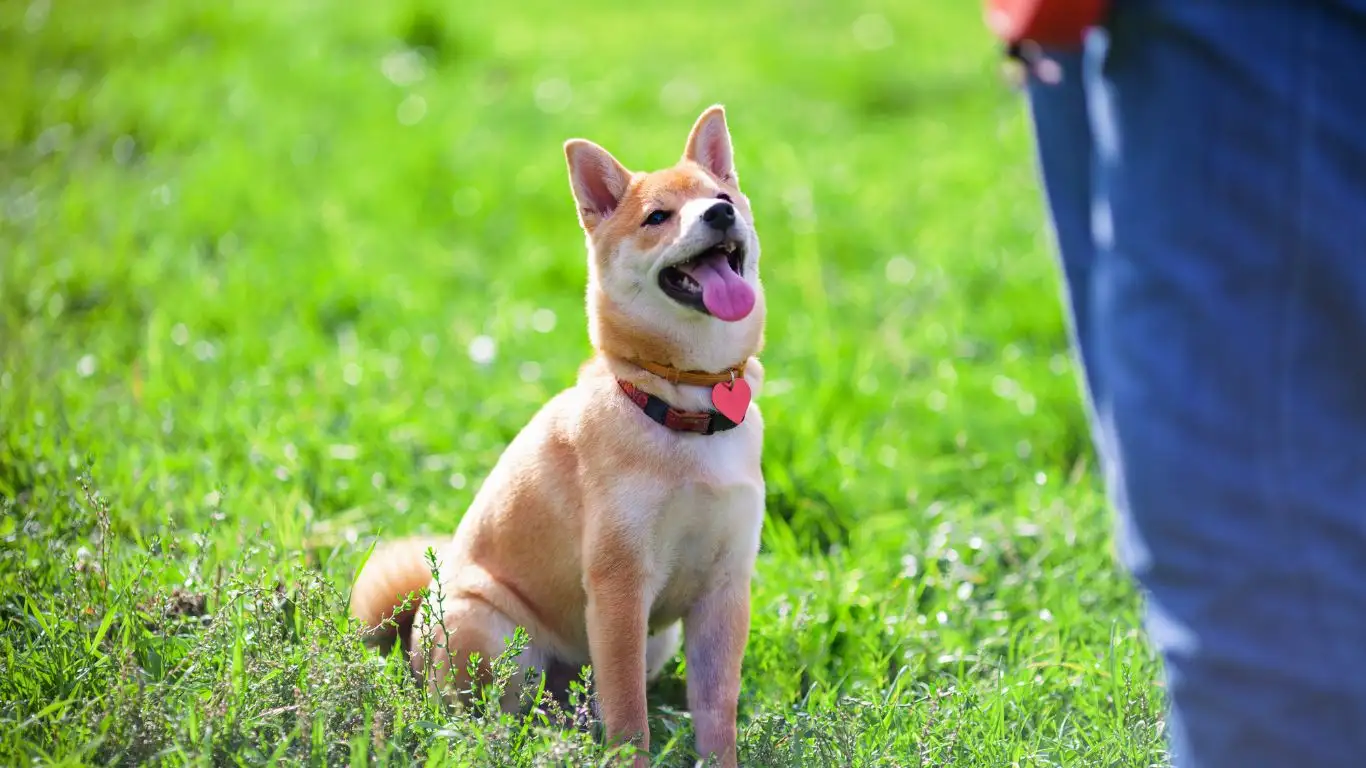
Alright, let’s talk cues—because once your dog starts to feel comfy with the whole ear-touching thing, it’s time to layer in some training magic. In my own sessions, especially with therapy pups in nursing homes or schools, I always rely on solid cues that dogs recognize as part of our “calm down toolkit.”
Introduce a ‘Settle’ Cue
One of my go-to cues is “settle” or “relax”. I use a calm, low voice and reward any behavior that looks like relaxation—sitting, laying down, slow blinking, you name it. If your dog already knows “stay” or “place,” you can totally use those. Just keep the tone peaceful and make sure rewards come frequently.
Tip from my experience? Use high-value treats only for this kind of training. Think soft training bites or freeze-dried liver—something that’ll have your dog’s full attention even if they’re unsure about the situation.
Build Duration Slowly
Don’t jump straight into expecting a five-minute still session. Start with ten seconds of stillness, treat. Then twenty. Then maybe thirty. It’s about teaching your dog that calm = good stuff. If they move or break position, that’s okay—just reset and try again. No scolding. This isn’t about punishment; it’s about practice.
Desensitization Through Repetition and Routine
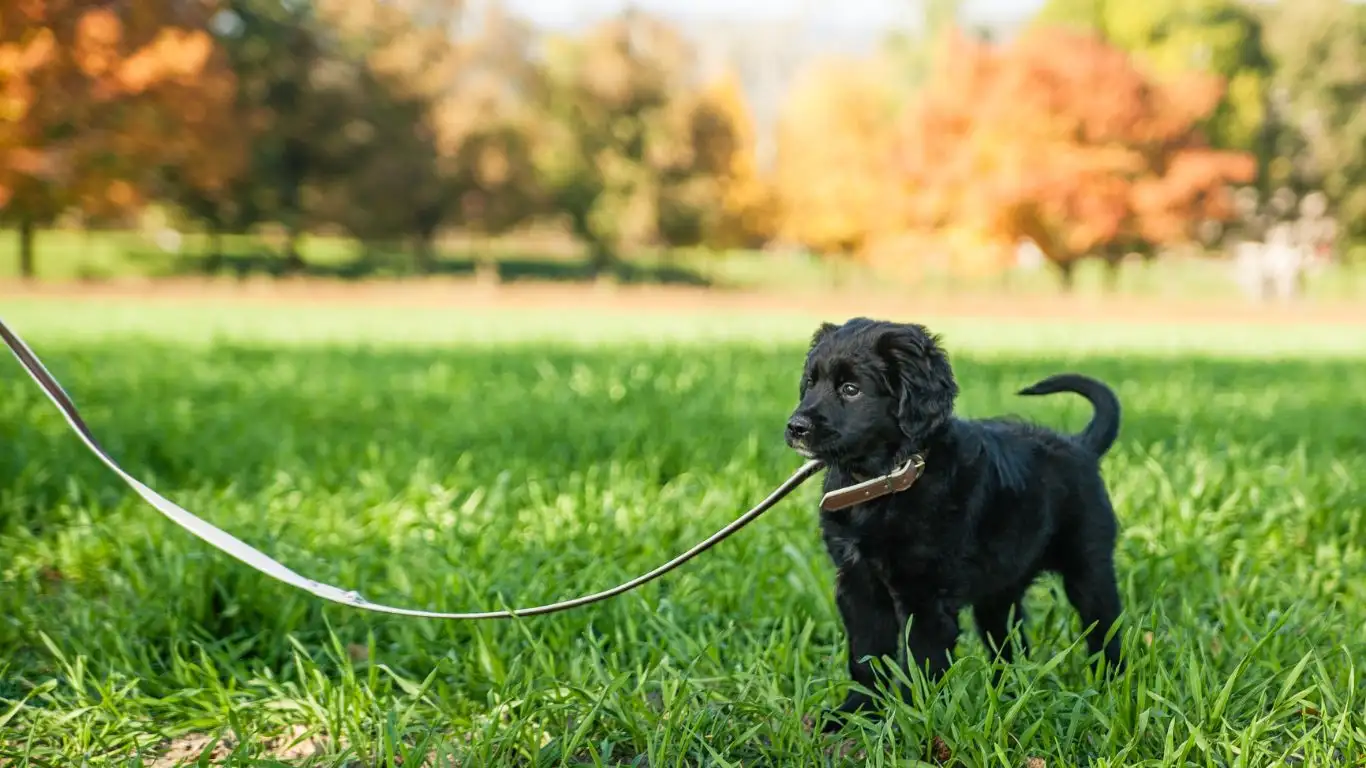
Make It Part of a Ritual
Dogs thrive on routine. If your dog starts to associate ear cleaning time with other calming habits, they’ll naturally be more receptive. For example, in my home, I always brush my therapy dog’s coat, check paws, and then clean ears in that order. It’s predictable, and predictability lowers stress.
Try pairing it with things your dog already enjoys—like cuddles, gentle brushing, or massage. That way, ear cleaning isn’t this random, weird event—it’s just another step in a familiar routine.
Keep Sessions Short but Frequent
Let me say this: short and sweet is better than long and stressful. A five-minute session done three times a week will build trust way faster than a single 15-minute marathon. I always tell pet parents that consistency trumps intensity every single time.
Normalize the Tools
Leave the ear cleaner out where your dog can see it. Let them sniff the cotton pads. I even recommend holding the bottle during regular cuddle time—don’t use it, just hold it. That way, your dog stops associating the tools with discomfort or anxiety. The goal is: no surprises.
Body Language: Learning to Read Your Dog
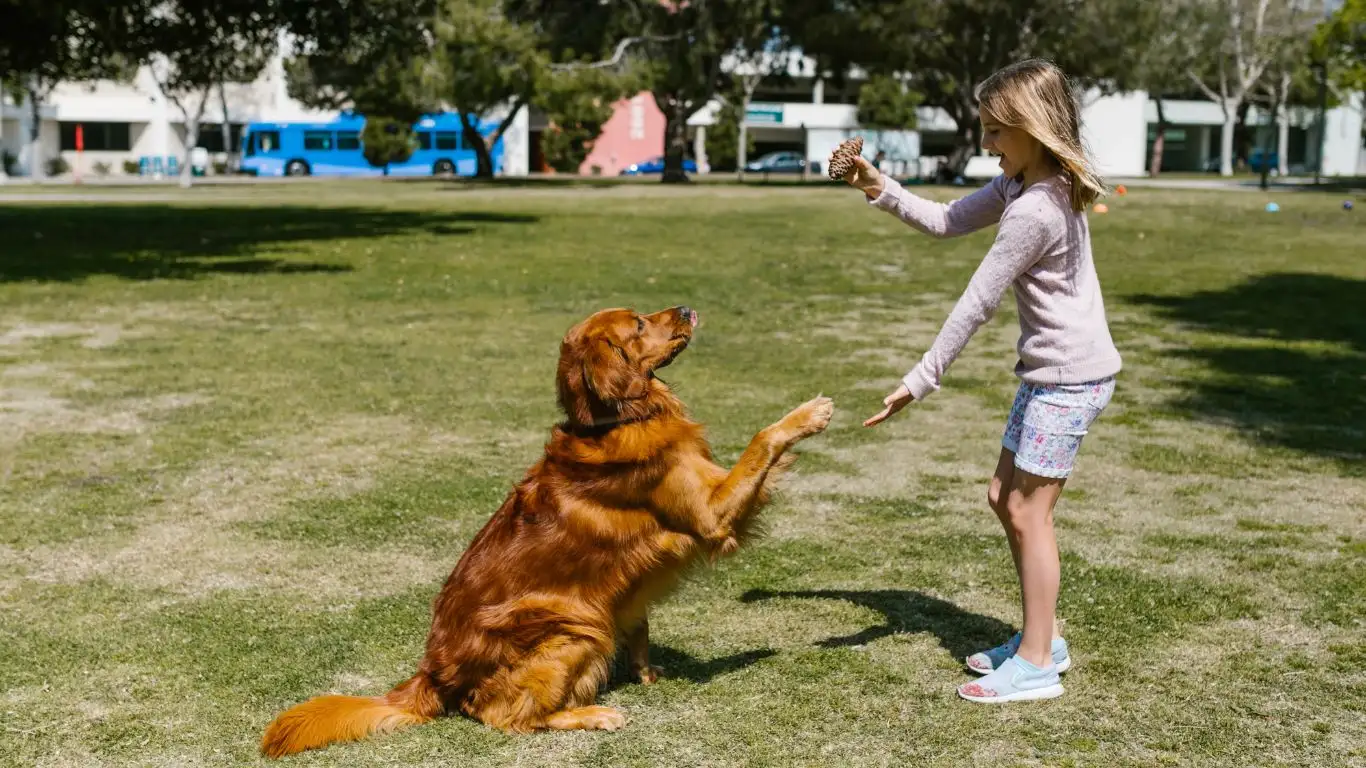
Signs of Stress to Watch For
Here’s the thing: your dog’s body will always tell you how they’re feeling, even if they don’t bark or growl. You just have to learn the language. Some signs your dog’s not comfortable yet might include:
- Lip licking (when there’s no food around)
- Whale eye (when you see the whites of their eyes)
- Pinned ears or a furrowed brow
- Tensing up or leaning away
- Panting when they haven’t been active
If you notice these signals, pause the session. Offer a treat. Give your pup space. Respecting their limits builds trust. I had a nervous corgi in a training class once who couldn’t handle any ear contact. But we stopped at the first stress sign every time—and within a month, she was fine with a full cleaning. Go slow. Always go slow.
Encourage Positive Body Language
On the flip side, here are signs that your dog is starting to trust the process:
- Soft eyes and relaxed posture
- Wagging tail (at a calm pace, not frantic)
- Leaning into your touch
- Offering behaviors like sitting or lying down
Anytime you see those signs, reinforce them! Gentle praise, treats, or even just a happy “good job!” can go a long way. Remember, dogs want to please us—but only if they feel safe doing it.
Helping Reactive or Fearful Dogs
When Your Dog Has a History of Trauma or Anxiety
If your pup had a rough start in life—maybe they were a stray, or they had a not-so-gentle past—training them to stay still for ear cleaning might be more of a journey. That’s okay. I’ve worked with several therapy dogs who started out reactive to any kind of handling, especially around the head or ears. We took baby steps and prioritized safety, and guess what? They got there.
Use protective positioning—like having your dog lie between your legs or use your arms as a buffer. This can help them feel secure. I also like to add pressure with a snug-fitting Thundershirt or calming wrap for highly anxious pups. That gentle compression can help reduce stress responses significantly.
Bring in Reinforcements
Don’t hesitate to ask a trusted friend or family member to be your “treat dispenser” while you do the cleaning. One person keeps the dog distracted and rewarded while the other handles the ears. It creates a more positive vibe and keeps your hands free.
And if your dog is really struggling? No shame in getting professional help. A certified fear-free trainer or veterinary behaviorist can design a personalized plan—and that can make all the difference.
Creating Long-Term Success Through Positive Experience
Reinforcement Should Never Stop
Even after your dog is a total pro at staying still, keep rewarding them! Every few cleanings, toss in a jackpot treat or extra-long belly rub. Why? Because we want them to always associate the ear-cleaning process with something awesome—not just tolerate it.
In therapy training, we call this maintaining the behavior. Just because a dog knows how to do something doesn’t mean they’ll keep doing it without reinforcement. Dogs are smart—they know when the treat train stops!
Make It a Bonding Moment
At the end of the day, training your dog to stay still for ear cleaning is about more than grooming—it’s about trust. Every time you handle your dog gently and respectfully, you’re building a stronger bond. And honestly, that connection? It’s the real reward.
Common Mistakes When Training a Dog to Stay Still for Ear Cleaning

Even with the best intentions, it’s easy to make mistakes when you’re figuring out how to train a dog to stay still for ear cleaning. And trust me, I’ve made a few myself over the years—especially back when I was still learning what really works in the field versus what sounds good on paper.
Going Too Fast, Too Soon
We’ve all been there—you get a couple of successful sessions in, and you’re feeling great. So you try to push the full cleaning process all at once. The dog panics, the trust takes a hit, and you’re back at square one. The fix? Slow it back down. Rebuild the trust. Don’t rush progress just because things were going well for a moment. Dogs need time to generalize new behavior.
Skipping the Warm-Up
If I had a nickel for every time I saw someone jump straight into ear cleaning without any calm prep or touch warm-ups… I’d be swimming in treats. Your dog needs that wind-up period to feel relaxed. Think of it like a warm-up before exercise. Easing into it helps avoid overwhelm.
Using the Wrong Tools
Sometimes the problem isn’t training—it’s the gear. Harsh alcohol-based cleaners, rough pads, or even strong scents can make ear cleaning uncomfortable. I recommend checking resources like PetMD or AKC for vet-approved product lists. When in doubt, ask your own vet what’s safest for your dog’s breed and skin type.
Forgetting to Reinforce
This one is big. I’ve had clients tell me, “Oh, he used to sit perfectly, but now he’s acting up again.” When I ask if they’re still rewarding the calm behavior, the answer is usually no. Behavior that isn’t reinforced tends to fade. So yes, even if your dog is a total pro now—keep those treats coming once in a while!
Helpful Products That Support Training
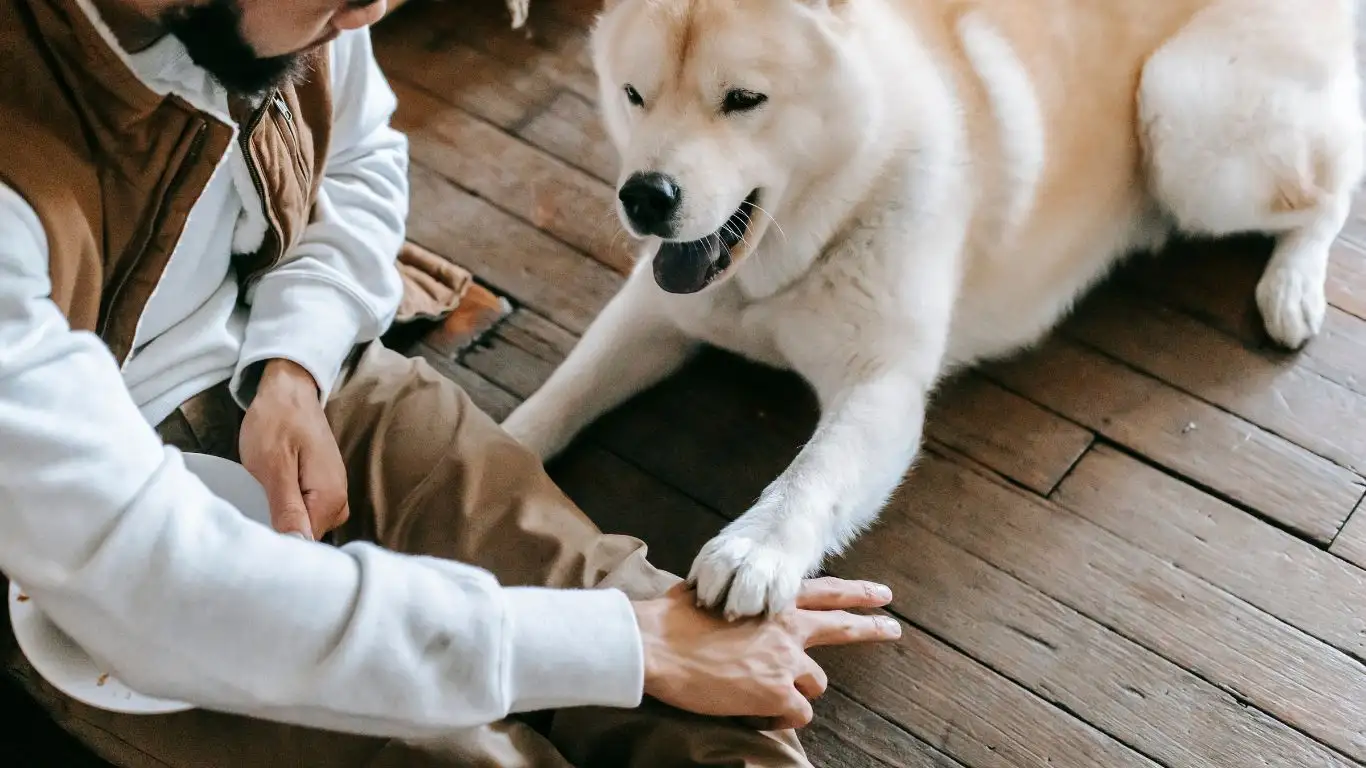
Calming Aids
Sometimes, even with great training, a little extra help goes a long way. I’ve personally used calming chews or vet-recommended supplements with some of my more anxious therapy dogs. Look for options with L-theanine, melatonin, or chamomile—but always get your vet’s approval first. Sites like Health.com or NIH have good info on natural calming aids for animals.
Non-Slip Grooming Mats
Slippery floors can make your dog feel insecure and squirmy. A simple rubber grooming mat or yoga mat under their paws makes a huge difference. It gives them something solid to grip and helps them feel grounded—which helps you get the job done without the wiggles.
Ear Wipes or Pads
If your dog is still wary of liquid, start with ear wipes. They’re less invasive and help your dog get used to the idea of cleaning without any dripping or squirting. I’ve used them as a step-down method for dogs recovering from ear infections who need extra gentleness during their healing process.
How Long Does It Take to Train a Dog to Stay Still for Ear Cleaning?
Honestly? It depends. I’ve seen confident, easygoing dogs pick up the habit in just a week or two with daily practice. But more cautious or sensitive dogs (especially rescues or older pups) might take a month or more—and that’s totally okay.
The key is consistency over perfection. If you’re practicing even 5 minutes a day, you’re making progress. And even if you have a little regression (it happens!), don’t get discouraged. I’ve had to circle back with even my best-trained therapy dogs now and then when something triggers a setback.
Your consistency will always matter more than how fast it happens. So celebrate the small wins—a still head for 10 seconds, a relaxed sigh, no head flinch when you touch the ear. Those little moments are building blocks for long-term success.
When to Involve a Vet or Professional Trainer
Red Flags That Need Medical Attention
If your dog consistently shows discomfort, pain, or aggression when you approach their ears, don’t chalk it up to bad behavior. It could be a sign of:
- Ear infection or mites
- Allergies causing inflammation
- Chronic yeast buildup
- Inner ear problems
Always rule out medical causes before assuming it’s a training issue. Ear issues can be super painful—so make sure your dog isn’t just trying to tell you, “Ouch!”
When a Trainer Can Help
If you’ve been working at this for weeks and not making much progress—or if your dog shows signs of real stress (panting, shaking, hiding), a certified trainer can help. Look for one who uses force-free, fear-free methods. You can find qualified professionals through sites like AKC or PetMD.
I’ve had clients who were hesitant to bring in a trainer—thinking it made them a “bad pet parent.” But honestly, it’s the opposite. It shows you’re committed to helping your dog feel safe and supported. Sometimes an outside perspective is all you need to make that breakthrough.
Final Thoughts from a Canine-Assisted Therapy Trainer
Training your dog to stay still for ear cleaning isn’t just about keeping them looking good or infection-free—it’s about building a relationship based on mutual trust. I’ve seen this kind of work bring shy rescue dogs out of their shells and turn nervous pups into confident companions.
And remember: every dog is different. Some will breeze through this with minimal effort, while others will need tons of patience and reassurance. That’s okay. You’re not just training a behavior—you’re building a bond. And that, my friend, is the kind of training that lasts a lifetime.
Disclaimer
This article is based on personal experience as a Canine-Assisted Therapy Trainer and is intended for informational purposes only. Always consult with a licensed veterinarian or certified dog trainer for advice tailored to your dog’s specific needs. For health-related concerns, visit trusted medical resources like NIH or Health.com. For dog-specific guidance, reputable sources like AKC and PetMD are recommended.
